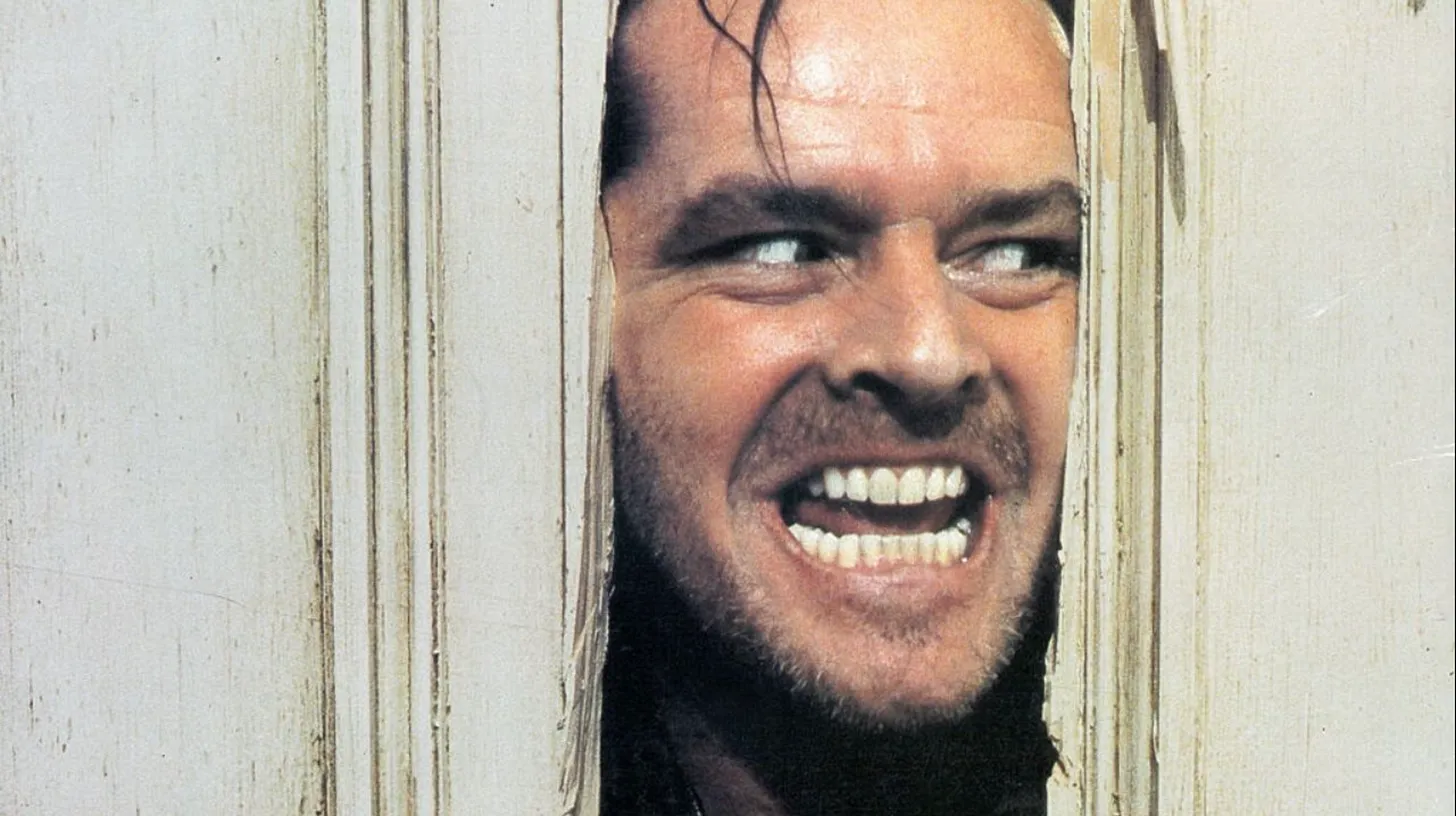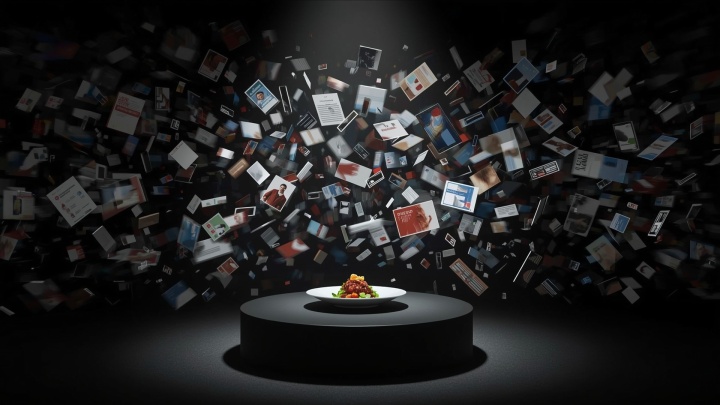The Psychology Behind Purchase Decisions: How Documentaries Access the Unconscious
10.11.2025
What makes someone choose a brand without realizing they’ve chosen it?
Most of our buying decisions don’t come from reason.
They come from something we feel, and only later try to justify.
There are studies about this.
Notice it — see if it isn’t the same with you.
It’s like when you watch a documentary about a chef, an athlete, or a brand and, without fully understanding why, you begin to admire it.
You weren’t convinced. You were connected.
It’s in this invisible space, between emotion and reason, that decisions happen.
I believe good corporate documentaries don’t sell.
They activate.
They move layers of the unconscious that not even the most expensive advertising campaign in the world can reach.
Executives still look at the documentary format as something “beautiful but expensive,” “emotional but hard to measure.”
And that’s a problem — especially for them.
That’s why they let the most powerful aspect of modern branding slip away: symbolic experience.
The Invisible Failure of Performance Marketing
In recent years, marketing has become a race for clicks.
I’ve talked about this before. CTR, CPC, ROI.
An arsenal of metrics that say everything — except what people truly feel.
Campaigns work up to a point, but they don’t create bonds.
You buy attention, but you don’t earn meaning.
The audience sees, but doesn’t remember.
The paradox is brutal: the more brands try to look human with generic storytelling, the less human they become.
Because the audience perceives the intention to sell before the truth of the story.
Documentaries, when crafted with brand intention, do the opposite.
They reduce rational resistance.
They turn information into sensory experience.
And above all, they create empathy, recognition, and belonging — the three most underestimated emotional triggers in marketing.
The Unconscious Buys First
Consumer psychology has already shown: the overwhelming majority of decisions are unconscious.
This means that before comparing prices or features, people are judging emotions.
When a brand shows its behind-the-scenes, its failures and achievements, it activates mirroring — the brain recognizes similarities with its own experience and builds trust.
When it speaks with authority in a documentary tone, the audience feels moral security: “this company knows what it’s doing.”
When it evokes nostalgia or emotional memory, the brand stops being a product and becomes a ritual.
These are the mechanisms well-directed documentaries naturally tap into.
They access the unconscious not with tricks, but with truth structured narratively.
“But documentaries are expensive, slow, and hard to measure…”
I hear this all the time.
And I get it.
From the perspective of someone dealing with quarterly targets, it does seem like a luxury.
But the real problem isn’t the format.
It’s the way the market perceives it.
When you structure a documentary as a modular strategy, it becomes an entire content ecosystem:
• a trailer that generates awareness,
• short episodes that feed social media,
• a long case film that builds loyalty and positioning.
Costs spread out, content multiplies, and ROI stops being just a number —
it becomes measurable reputation, the most durable asset a brand can own.
And when combined with hybrid metrics (performance + qualitative research), you can measure impact far more accurately than with a 15-second ad.
How Brands Access the Unconscious (Without Looking Like They’re Selling)
Let me tell you what really happens when we document a brand.
When we film a chef at the peak of service, the audience feels the tension, the sweat, the sound of the dish.
That’s narrative transportation — the viewer is pulled into the scene.
And the more immersion, the greater the chance of remembering, sharing, acting.
When we show a technical process honestly (without an advertisement script), the brain activates its trust circuitry.
That’s empathy through mirroring.
When we use music, image texture, and editing rhythm to stimulate sensory memory, we create nostalgia — which doesn’t sell, but builds loyalty.
And when the narrative is led by a real person who fails and succeeds, the audience feels permission to trust.
Because no one trusts perfection.
This is where documentaries achieve what campaigns can’t.
They reveal the invisible: values, culture, purpose — without needing to spell them out.
Narrative Types, Emotional Triggers
Not every documentary is the same.
And understanding which format activates which emotion is what separates beautiful content from content that truly moves.
Observational (“fly-on-the-wall”)
→ Activates authenticity and trust.
Ideal for processes, behind-the-scenes, craftsmanship.
Expository, with an authorial voice
→ Generates authority and rationalizes desire.
Perfect for tech and premium positioning.
Participatory, where the filmmaker appears
→ Creates empathy and humanizes the brand.
Works when the audience needs to feel presence.
Poetic
→ Awakens desire and sensory memory.
Gastronomy, fashion, luxury: the language of the senses.
Testimonial
→ Activates social proof and reduces perceived risk.
Ideal for B2B and high-stakes negotiations.
Each format is a different doorway to the unconscious.
The question is: which emotion do you want to activate?
Trust, authority, desire, or belonging?
Afraid of Losing Narrative Control?
Welcome to the Real Game of Trust
One of the biggest blocks I see in executives is the fear of the narrative slipping out of their control.
But here’s an uncomfortable truth:
the audience already has control.
You can try to manipulate the story — but you’ll lose authenticity.
Or you can plan the truth, with safety scripting and checkpoints, and turn reality into a strategic asset.
That’s what we do at Cafeteria Filmes.
We don’t stage — we structure the real.
With scripts validated by stakeholders, crisis planning, and editing designed to maintain rhythm without betraying essence.
The result is content that feels spontaneous but is meticulously built to generate emotion, trust, and conversion.
Documentary Isn’t a Luxury. It’s Strategy.
The world is saturated with ads.
It’s impossible to go a day without scrolling past dozens of them.
People no longer want to hear what brands say about themselves — they want to feel why they exist.
And that feeling doesn’t come from campaigns.
It comes from narratives.
Corporate documentaries sit at the intersection of branding, performance, and psychology.
They speak to the unconscious but deliver results to the conscious:
more attention, more trust, more purchase intent.
It’s not a formula.
It’s a process, an intention — narrative design applied to emotion.
That’s why we exist: to transform complexity into meaning.
To translate your brand’s invisible essence into something people feel before they understand.
And what if your brand’s next move isn’t to sell more —but to be remembered better?
That’s the question I leave with you.
Because while the market competes over who shouts the loudest, there’s a silent, powerful space being occupied by brands that tell stories with real purpose.
The question is:
Do you want to appear…
or do you want to remain?
A hot coffee and a present mind.
Renan.






